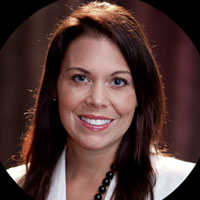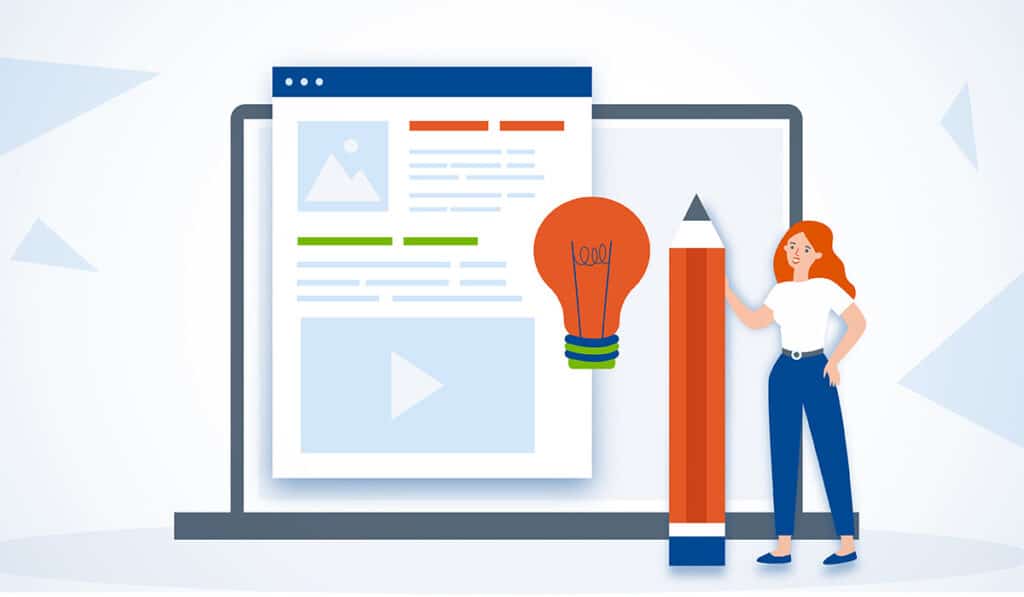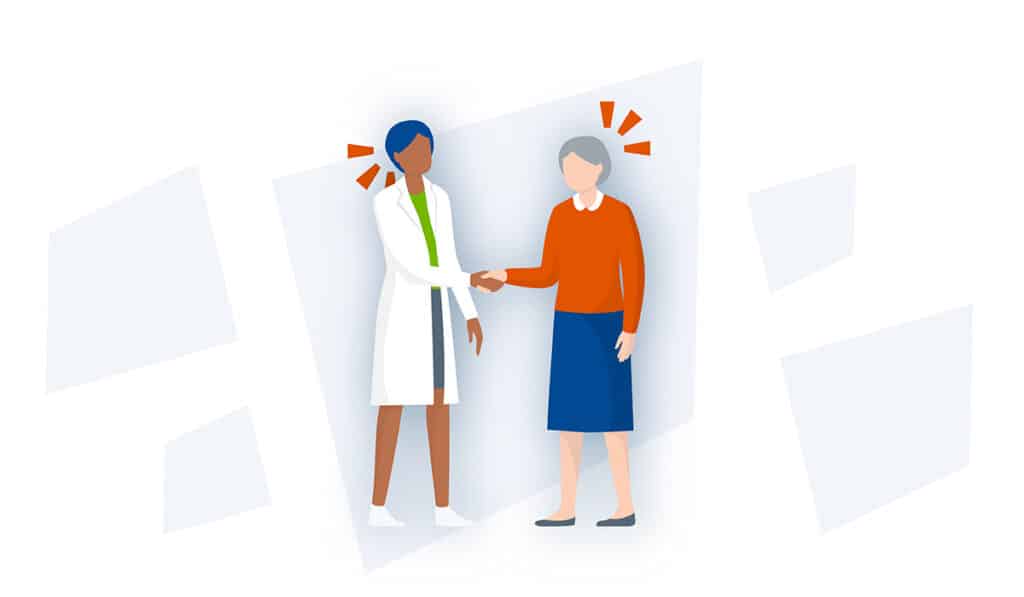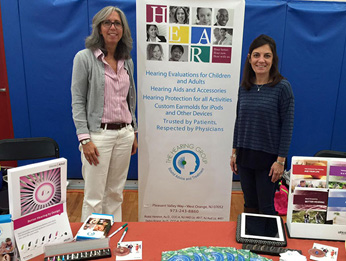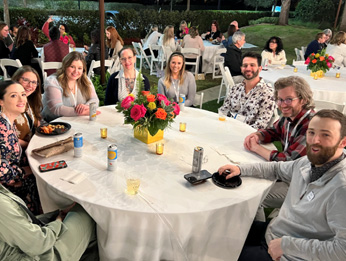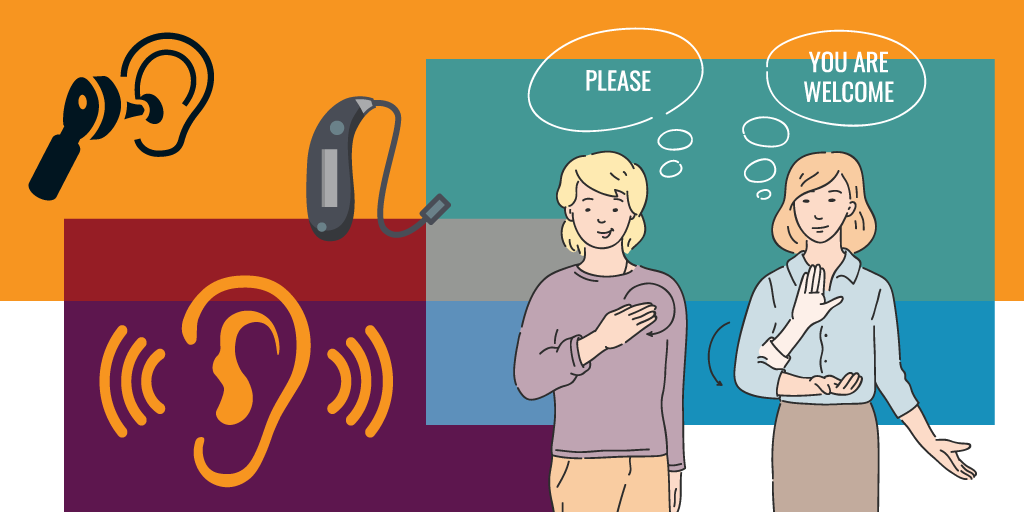
Approximately 48 million Americans (20 percent) report some degree of hearing loss. Within this population exists a subset of individuals that identify as Culturally Deaf (notated by a capital “D”) or Hard-Of-Hearing (HOH). This group doesn’t focus on the medical diagnosis of a certain degree of hearing loss but rather their cultural identity. They often share a belief system, history, traditions, and a common language (American Sign Language).
This identity makes them unique to most clinical audiology/hearing practices (between 1-3 percent of patients seen annually in hearing clinics). As an Audiologist working closely with this community for over 20 years, below are four key considerations that my patients and I find helpful:
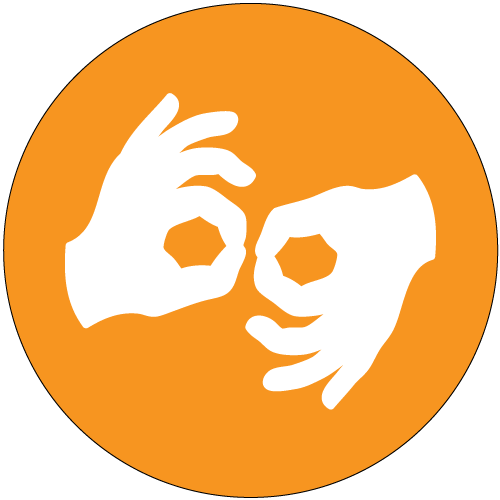 #1. Educate yourself on and understand the beauty of Deaf history and culture
#1. Educate yourself on and understand the beauty of Deaf history and culture
It’s important to be aware that there exists a rich Deaf culture that can be experienced at Deaf school museums, Deaf organizations, Deaf theater, and Deaf groups all over the country. It’s diverse and filled with art and technology and infused with the beauty of sign language.
According to the National Association for the Deaf (NAD), there are three key moments in American history for the Deaf: the 1988 Deaf President Now protest, the 1864 signing of the Gallaudet University charter by President Lincoln, and the 1817 establishment of American School for the Deaf in West Hartford, CT as the first permanent public school for the Deaf. It’s important to understand that historically, many families with Deaf children were told not to use sign language, fearing it would interfere with their ability to learn how to speak. This led to a perception by some in the Deaf community that all Audiologists were simply trying to “fix” or change deafness. Thankfully, as society has evolved, research has made it clear that Audiologists can provide useful tools such as amplification or other assistive technology to support the individual as a whole and not just in terms of their hearing.
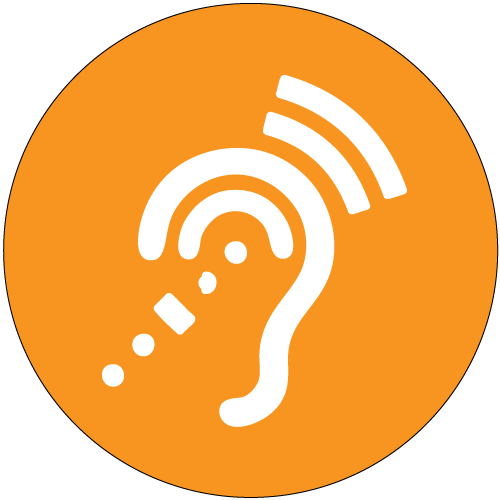 #2. Provide access for effective communication for a positive patient experience
#2. Provide access for effective communication for a positive patient experience
Rights: It’s important to know the rights afforded to patients covered by the American with Disabilities Act (ADA) Title III. This law mandates that “covered entities” (businesses and nonprofit organizations that serve the public) provide effective communication for individuals who have communication disabilities. This is by means of “auxiliary aids and services” when needed.
Expectations: In the past, many audiology practices would rely on companions attending appointments to interpret for Deaf patients, but the ADA only allows this when either there is an emergency involving “imminent threat to safety” or if the individual requests this and the companion is not a minor. The ADA ultimately places responsibility on the “covered entity” for providing effective communication and defers to the individual to have primary consideration of the choice of “aid or service” they need unless it results in an “undue burden” (significant difficulty or expense). The key point: consult WITH the patient, don’t dictate TO them.
Communication: Be cautious of using outdated terms such as “hearing impaired,” which is often perceived as derogatory. My friends and patients often prefer Deaf or HOH. Regarding access, the ADA states that you should provide a “qualified” notetaker, sign language/oral/tactile interpreter, real-time captioning, written materials, or printed script of any stock speech. A “qualified” interpreter means someone who can interpret effectively, accurately, and impartially (receptively and expressively). In addition, “aids and services” are defined as a wide variety of technologies such as Assistive Listening Devices (ALDs), amplified phones, videophones/captioned phones, or video relay service (VRS), or telecommunications relay service (TRS) which can be reached by calling 711. Video remote interpreting (VRI) is another option but be sure to have a high-speed connection for a quality signal and a large enough screen for optimal viewing.
It’s important to note that not all patients in this community use the same form of sign language. Some use American Sign Language (ASL) and others use a more English-based sign language or even prefer to read lips with visual cues. Don’t just assume—ask the patient directly how they prefer to communicate. Knowing some basic sign language to introduce yourself and guide the patient to the test area is also a nice way to establish rapport and trust.
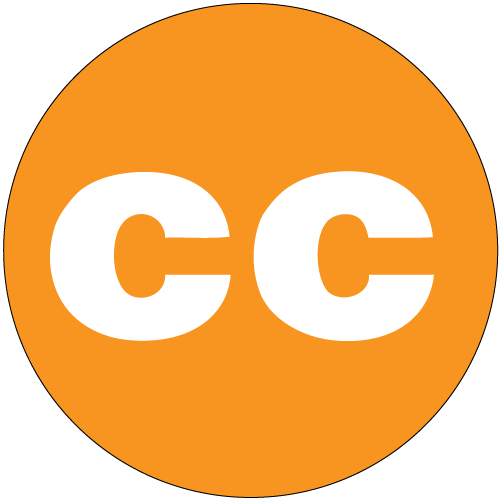 #3. Consider modifications to your test protocol
#3. Consider modifications to your test protocol
- Common sense prevails here but make sure to provide visual cues and/or show clear written explanations of the test process and directions when possible.
- Try using hand-raising/button-pushing for obtaining responses and consider Speech Detection Thresholds instead of Speech Reception Thresholds to avoid forcing spoken answers or having closed set picture/visual response options.
- Have expectations, test instructions, and recommendations written in advance or write them during the visit on a whiteboard or tablet.
 #4. Make recommendations carefully and without bias or assumptions
#4. Make recommendations carefully and without bias or assumptions
When providing options for amplification to Deaf or HOH patients, there are several things to keep in mind:
- Power aids are often but not always preferred with a more linear approach to match any possible previous experience with amplification.
- Do not assume that they’re not interested in the latest technology or that they don’t care about quality sound or features like rechargeability and Bluetooth connectivity. Many of my Deaf friends LOVE listening to music and would appreciate streaming options (with a lot of bass).
- Do not assume that they want to conceal their devices as some may be proud and want bold colors.
- Show coupling options with tangible samples so that they can actually see the different sizes available and feel the different weights and materials.
- Be knowledgeable about state funding agencies (i.e. vocational rehab) for coverage of hearing aids as well as Medicare plan coverages for those with “disabilities.”
These are just a few key considerations and suggestions. By simply being prepared and educated, I promise these appointments will be much easier and more enjoyable. There is a long list of agencies and resources available where you can find information and answers to any questions you have. I encourage you and your staff to undergo basic training about the ADA requirements and perhaps even learn a few basic signs!

